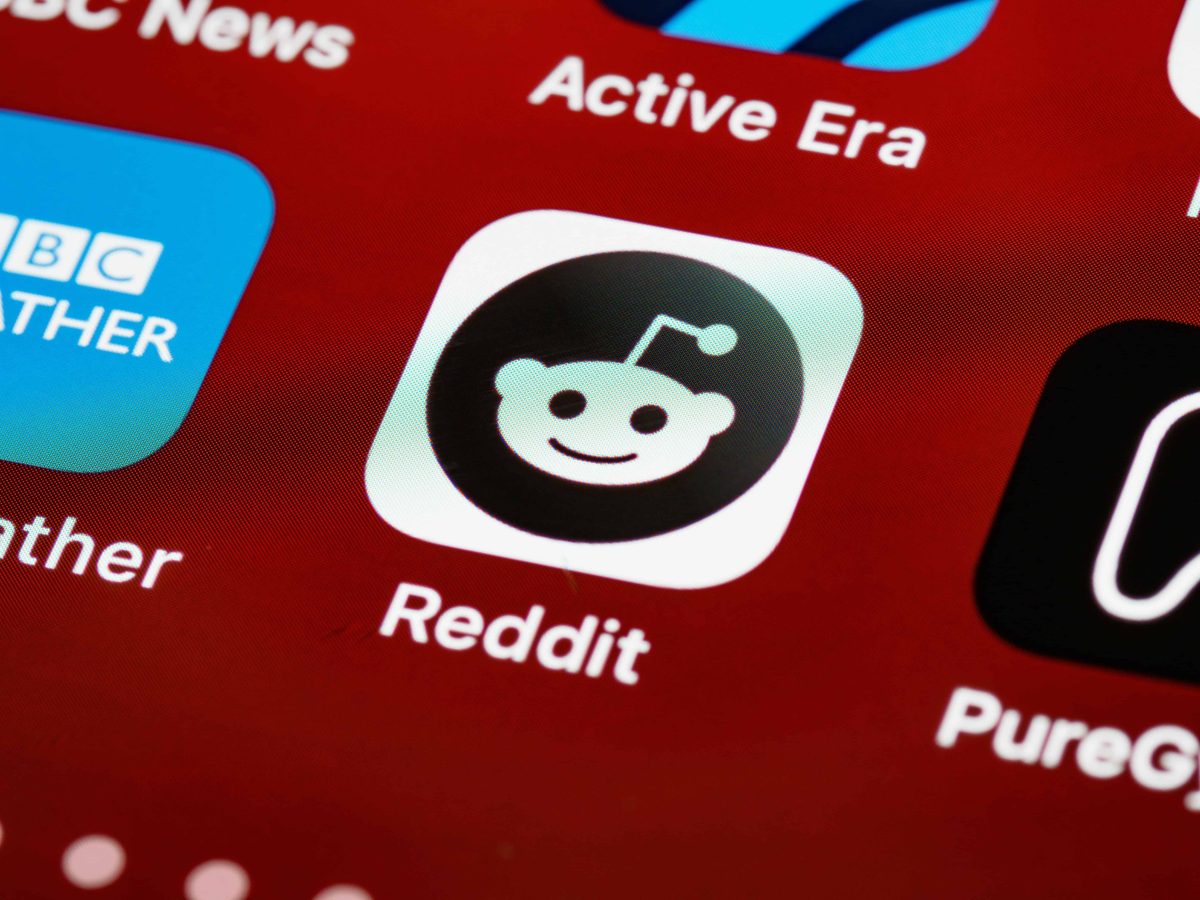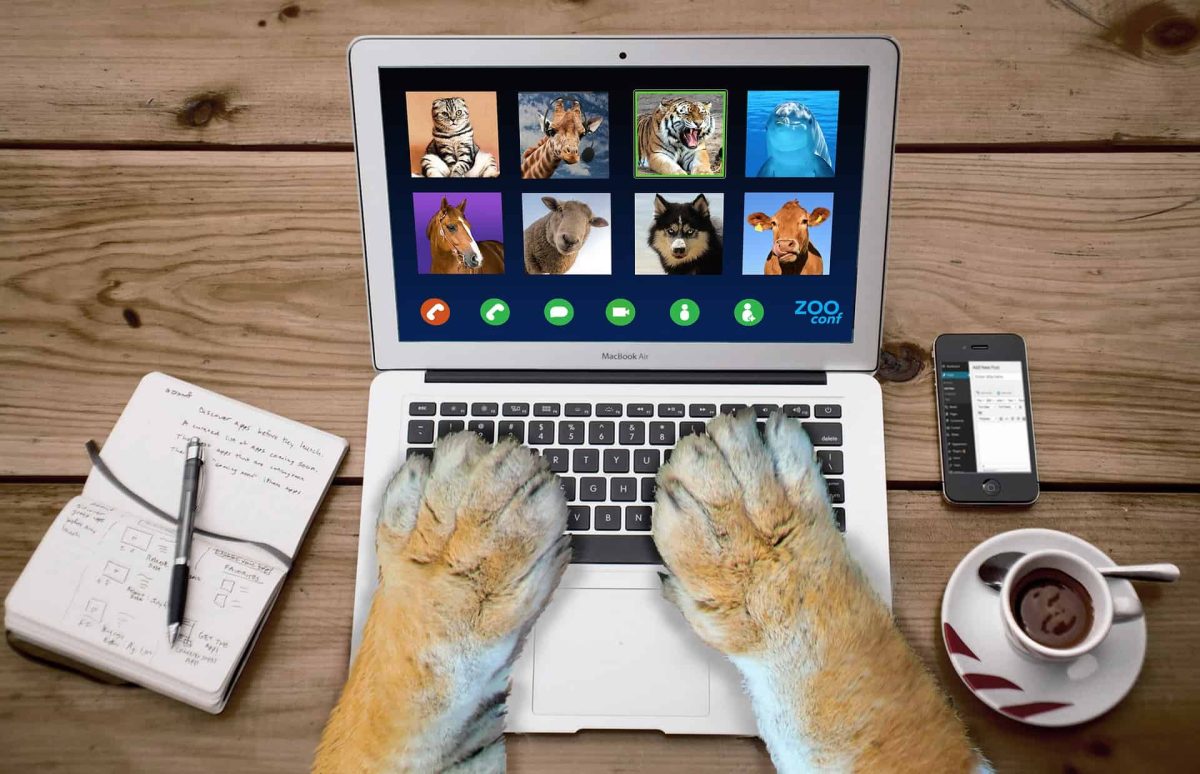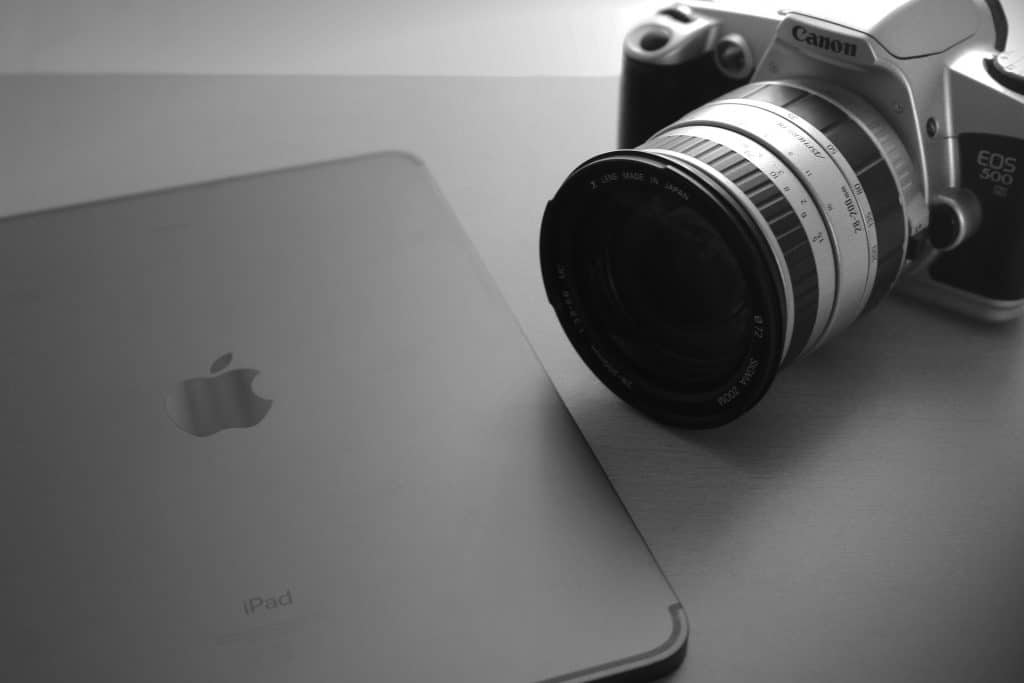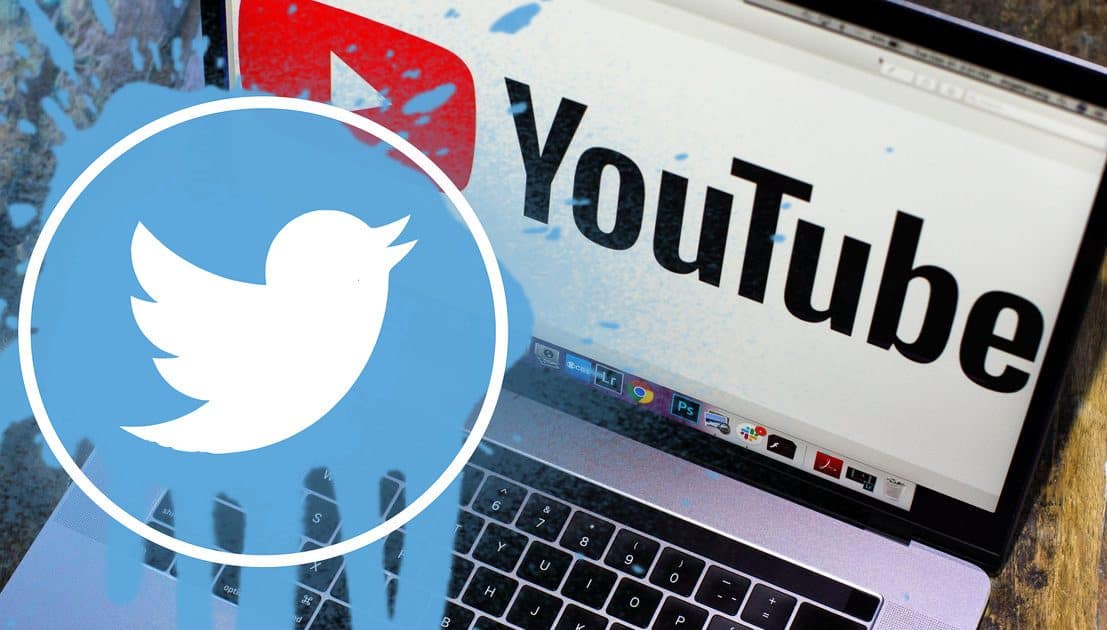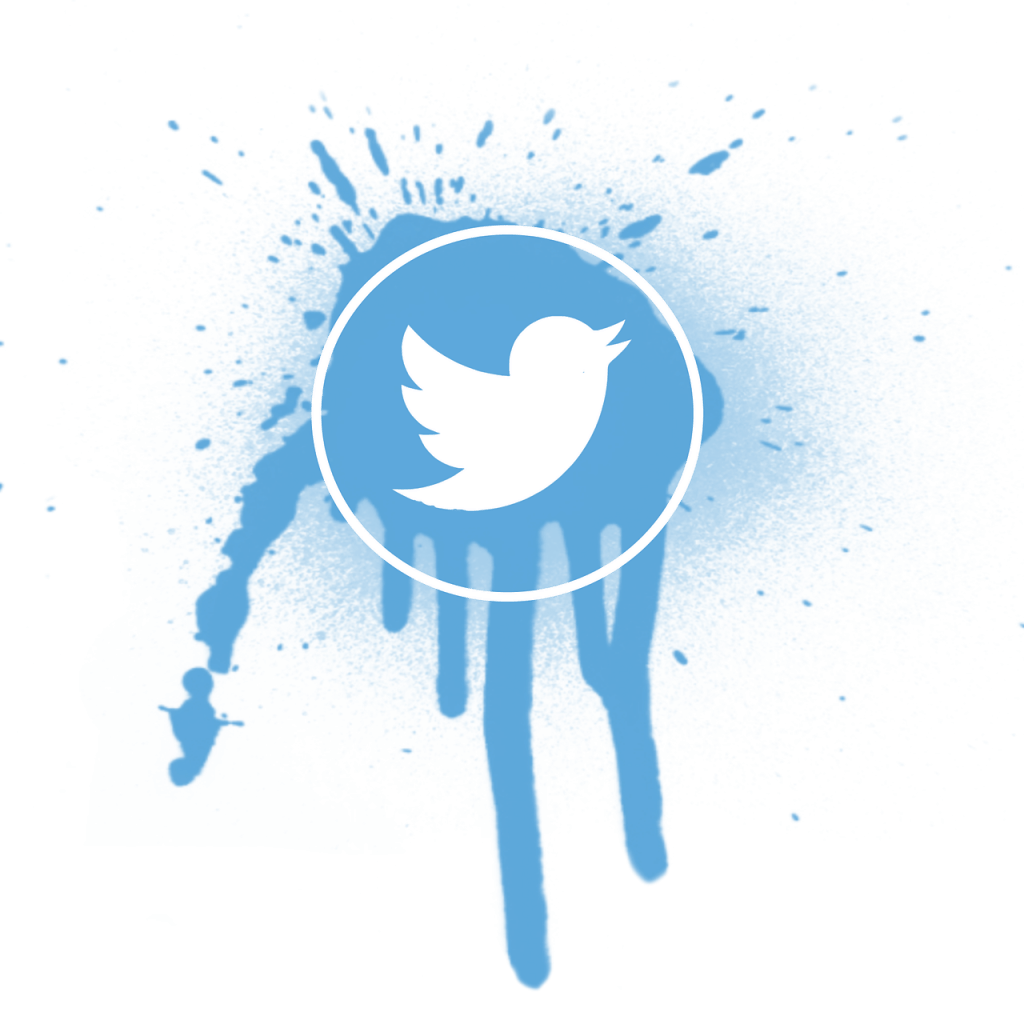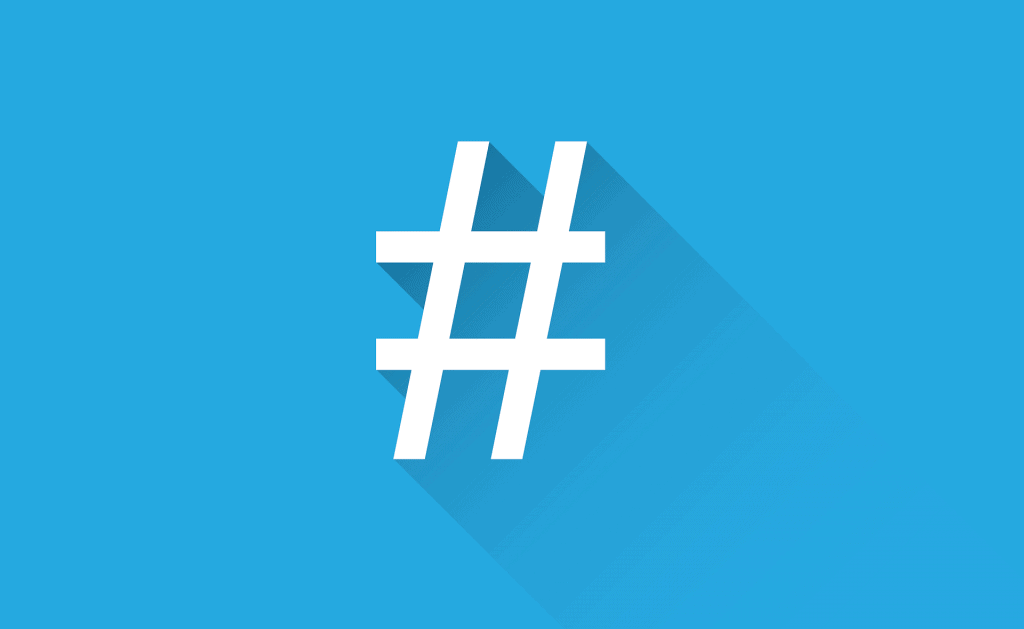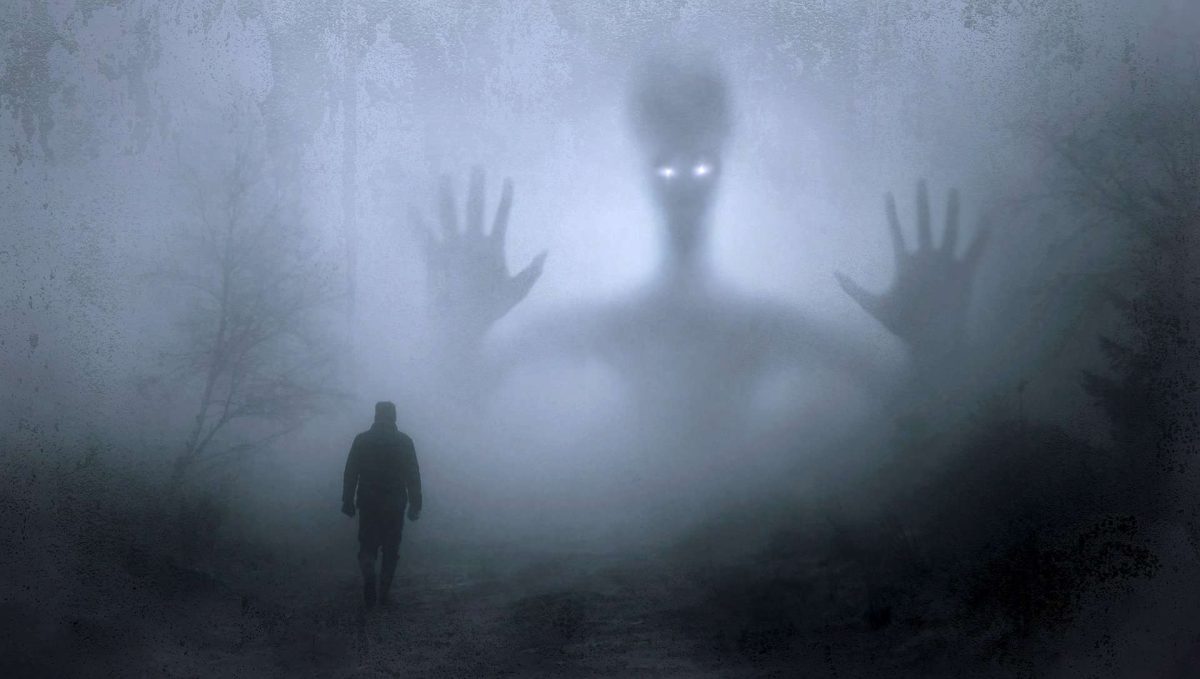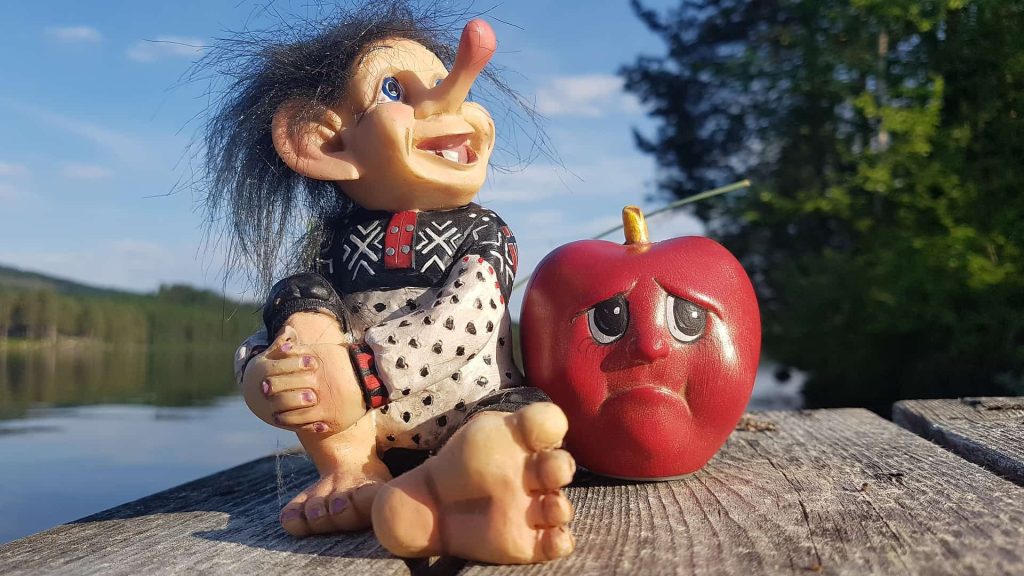We’ve talked on this blog before about the possibilities YouTube presents to make content in a variety of situations. You don’t need a thousand dollar camera and a professional lighting rig to make videos. In fact, some YouTubers don’t even use a camera at all.
Of course, it’s all well and good insisting that these YouTubers exist, but it would be better to show you some of those YouTubers. Not just so you know they really do exist, but so you can see them in action, and take cues from them where needed if you are planning on embarking on a camera-less YouTube career.
So, without further preamble, here are 5 YouTubers who make videos without a camera.

Stimpee
Stimpee is a gaming YouTuber whose visual content is entirely made of game footage, with the occasional graphic or text element for added colour. Stimpee streams his gaming sessions and then edits together humorous videos from the footage, none of which requires his face to be on the screen at any point, which in turn means there is no need for a camera to record said face.

Sebastian Lague
Sebastian Lague is technically a coding YouTuber, though in recent years his content has strayed more into coding concepts than pure coding content. The important point for this post, of course, is that he is not on camera at any stage. The visuals for his video are a mix of the code he is writing, the results of said code, and occasional additional graphical elements to help with understanding the things he is discussing.

Primer
Primer is a YouTube channel that features videos explaining complex concepts like natural selection, herd immunity, and really anything that can be analysed from a statistical point of view. It does this with the help of visuals from a series of 3D animated “blobs”.
The blobs act out the thing that is being explained, helping the viewer to understand, and all of this takes place without the YouTuber being onscreen or stepping in front of a camera at any point.

Kurzgesagt
Like Primer, Kurzgesagt is a channel that explains complicated premises, though the scope of Kurzgesagt is a little broader, and not restricted to things that can be analysed statistically. For example, Kurzgesagt have produced videos on the Big Bang, depression, and a minute-by-minute timeline of the extinction of the dinosaurs.
Kurzgesagt doesn’t use 3D animated blob creatures, however, they use regular 2D animated graphics to show the concepts they are explaining. The animated style is quite distinctive, and does not require anyone to step in front of a camera at any stage of the recording process.

How it Should Have Ended
The name of this channel is pretty self-explanatory, but How it Should Have Ended is a YouTube channel dedicated to making comedic alternative endings to popular films and TV series. They do this by animating the ending they think should have happened.
Though the videos do seem to require quite a bit of voice acting, nothing actually requires anyone to be in front of a camera.
A Brief Note on VTubers
You might notice that we didn’t include any VTubers in this list.
While some VTubers don’t use cameras, many do use cameras for the motion capture element of their recording process. If this is not a dealbreaker for you—if it’s just having your face onscreen that you’re worried about—check out this video on ideas for YouTube videos without showing your face.
Why Might a YouTuber Not Want to Use a Camera?
If you’re thinking of starting a YouTube channel, and you can’t wait to get in front of a camera, or you’re already running a channel, and you’re perfectly fine with being onscreen, you might be wondering why there would be any problem with being on camera.
Naturally, every YouTuber is different, but it’s not always mere personal preference that leads someone to shy away from being in their YouTube videos.
Privacy Concerns
There are many situations where a YouTube might want their privacy protected, ranging from avoiding awkward conversations at work to not avoiding your children! There might even be situations where a person is doing something that could be construed as illegal by an ill-informed viewer, and the YouTuber would just rather not have to deal with the hassle of mistaken accusations.
Safety Concerns
There are situations where a YouTuber’s safety could be legitimately at risk if their identity were to be outed, such as YouTubers in authoritarian countries who are critical of the government. Granted, this probably isn’t all that common, but there are micro versions of this, such as criticising criminal activity in your city that might be seen by said criminals.
Shyness/Personal Preference
While shyness and general personal preference isn’t the only reason a YouTuber might choose to avoid the camera, it is a reason, and a perfectly valid one. It may seem like a strange path to take if you don’t like being on camera, but as we’ve seen from the few examples given in this post, not to mention the countless other successful camera-less YouTubers we didn’t include, it’s definitely possible.
Final Thoughts
Being a YouTuber without a camera is definitely a feasible route to YouTube success, but you will need to make sure you still have something to hook your viewers. It could be stunning visuals, a distinctive narrator, witty writing, or any number of other things that you can use to make your channel stand out in a way that YouTuber’s whose face is onscreen have by default. There will always be competition for whatever you are making. The trick is not to deliver something no one else is delivering, it’s to deliver it in a way that makes you different from the others.
Top 5 Tools To Get You Started on YouTube
Very quickly before you go here are 5 amazing tools I have used every day to grow my YouTube channel from 0 to 30K subscribers in the last 12 months that I could not live without.
1. VidIQ helps boost my views and get found in search
I almost exclusively switched to VidIQ from a rival in 2020.
Within 12 months I tripled the size of my channel and very quickly learnt the power of thumbnails, click through rate and proper search optimization. Best of all, they are FREE!
2. Adobe Creative Suite helps me craft amazing looking thumbnails and eye-catching videos
I have been making youtube videos on and off since 2013.
When I first started I threw things together in Window Movie Maker, cringed at how it looked but thought “that’s the best I can do so it’ll have to do”.
Big mistake!
I soon realized the move time you put into your editing and the more engaging your thumbnails are the more views you will get and the more people will trust you enough to subscribe.
That is why I took the plunge and invested in my editing and design process with Adobe Creative Suite. They offer a WIDE range of tools to help make amazing videos, simple to use tools for overlays, graphics, one click tools to fix your audio and the very powerful Photoshop graphics program to make eye-catching thumbnails.
Best of all you can get a free trial for 30 days on their website, a discount if you are a student and if you are a regular human being it starts from as little as £9 per month if you want to commit to a plan.
3. Rev.com helps people read my videos
You can’t always listen to a video.
Maybe you’re on a bus, a train or sat in a living room with a 5 year old singing baby shark on loop… for HOURS. Or, you are trying to make as little noise as possible while your new born is FINALLY sleeping.
This is where Rev can help you or your audience consume your content on the go, in silence or in a language not native to the video.
Rev.com can help you translate your videos, transcribe your videos, add subtitles and even convert those subtitles into other languages – all from just $1.50 per minute.
A GREAT way to find an audience and keep them hooked no matter where they are watching your content.
4. PlaceIT can help you STAND OUT on YouTube
I SUCK at making anything flashy or arty.
I have every intention in the world to make something that looks cool but im about as artistic as a dropped ice-cream cone on the web windy day.
That is why I could not live on YouTube without someone like PlaceIT. They offer custom YouTube Banners, Avatars, YouTube Video Intros and YouTube End Screen Templates that are easy to edit with simple click, upload wizard to help you make amazing professional graphics in minutes.
Best of all, some of their templates are FREE! or you can pay a small fee if you want to go for their slightly more premium designs (pst – I always used the free ones).
5. StoryBlocks helps me add amazing video b-roll cutaways
I mainly make tutorials and talking head videos.
And in this modern world this can be a little boring if you don’t see something funky every once in a while.
I try with overlays, jump cuts and being funny but my secret weapon is b-roll overlay content.
I can talk about skydiving, food, money, kids, cats – ANYTHING I WANT – with a quick search on the StoryBlocks website I can find a great looking clip to overlay on my videos, keeping them entertained and watching for longer.
They have a wide library of videos, graphics, images and even a video maker tool and it wont break the bank with plans starting from as little as £8.25 ($9) per month.




